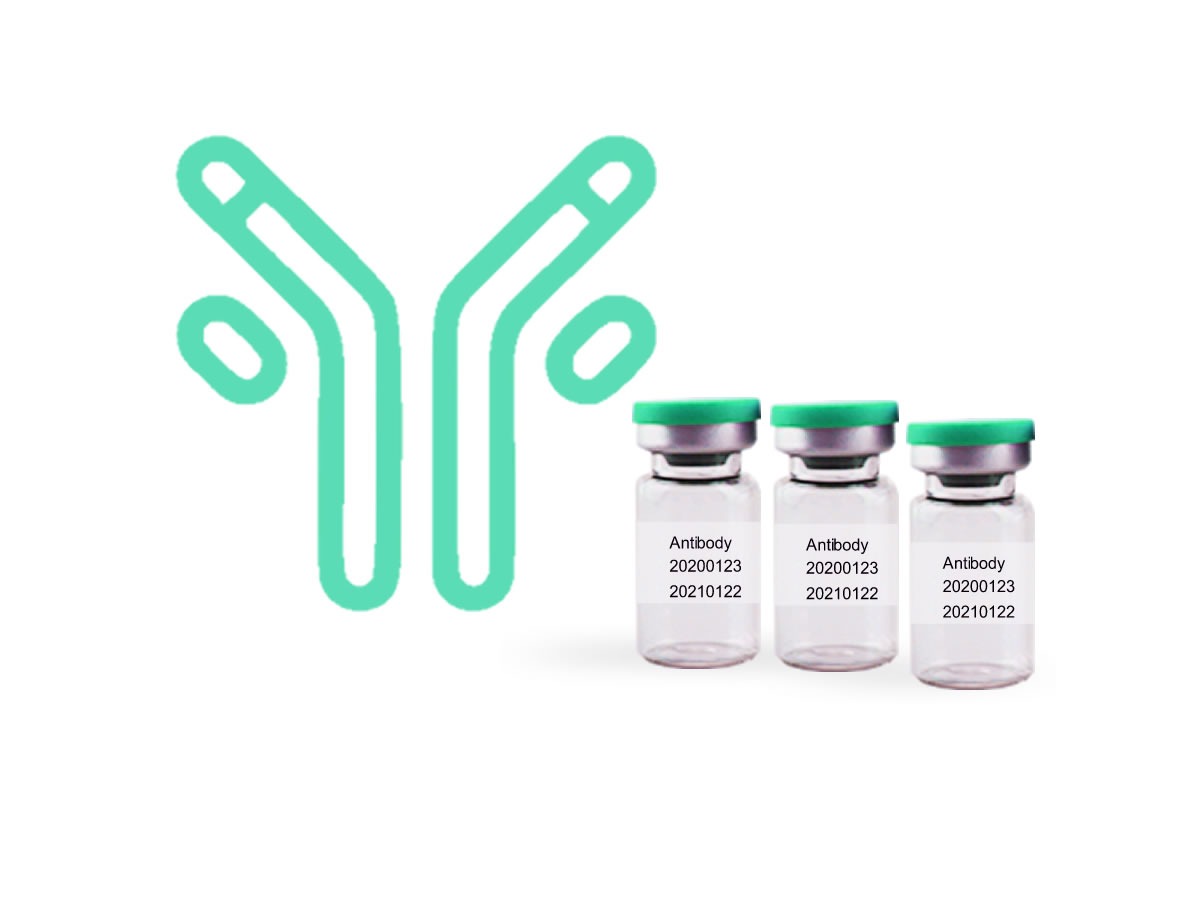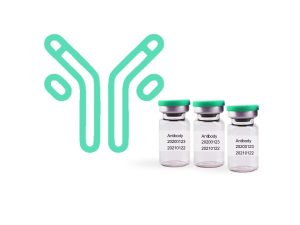Influenza A viruses are enveloped RNA viruses with an eight-segmented, single-stranded, negative-sense genome belonging to the family Orthomyxoviridae. Influenza virus type A (and type B) causes recurrent epidemics almost every year, leading to significant human morbidity and mortality. However, only influenza A virus is associated with influenza virus pandemics, where an antigenically novel influenza virus emerges to spread rapidly worldwide in an immunologically naive population.

The eight gene segments of influenza A virus encode 10 proteins: hemagglutinin (HA), neuraminidase (NA), matrix proteins M2 and M1, nonstructural (NS) proteins NS1 and NS2, the nucleoprotein (NP), and the three polymerases, the PB1 (polymerase basic 1), PB2, and PA (polymerase acidic) proteins. (see the image from Dey P, et al 2023). Influenza type A viruses are subtyped based upon the HA and NA antigens, which are surface proteins found on the viral envelope. There are many known HA and NA types of the virus, for example, H1, H2, H3, H4, etc, the N1, N2, N3, etc. Sixteen subtypes of HA (H1 to H16) and nine subtypes of NA (N1 to N9) are recognized in aquatic birds. Of the 16 hemagglutinin (HA) subtypes of influenza virus, H5 and H7 are considered to be the most important in gallinaceous poultry.
The recent outbreak of H5N1 in the US is another example of transmission of bird flu from avians to mammals. On March 25, 2024, a multi-state outbreak of HPAI A(H5N1) bird flu in dairy cows was first reported. According to US CDC, unpasteurized milk samples, and environment swabs were collected from local farms with sick cows, which were eventually confirmed to be contaminated with HPAI(H5N1).
Specificity and sensitivity
According to internal validation, this AIV H5 HA monoclonal antibody is specific bond to H5 protein and does not cross reaction with other subtypes of hemagglutinin (HA). It can detect the H5 protein at ng level with proper experiment design. This product has been used in the commercial kit for the detection of H5 protein.
Storage and expiry
-20 degree Celsius for at least 24 months.
Caution
- This product is for research use only.
- Final dilution shall be determined by the user according to the specific experiment design.



Reviews
There are no reviews yet.